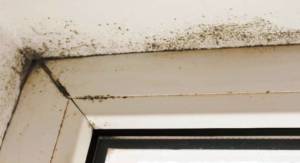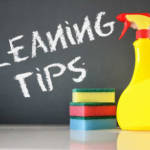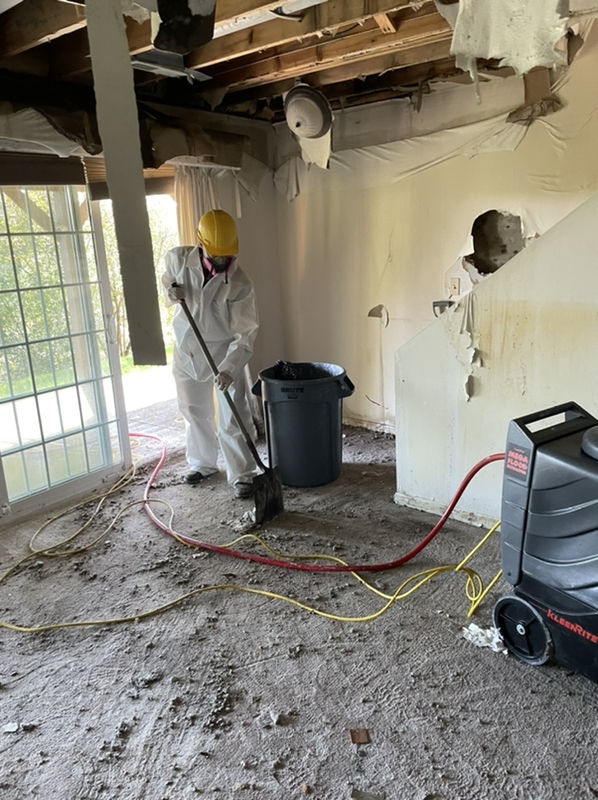 Is it Mold or Mildew?
Is it Mold or Mildew?
Many people commonly refer to various building molds as “mildew”, and numerous mold cleanup products use the words “mildew” or “mildewcide” in their name and instructions. With most people, interchanging the two words isn’t a big deal, but you may be interested to know that that there is a difference.
Mold is a distinct species and genus within the fungi family. (Did you flashback to biology class?) It’s one of the main decomposition methods that nature utilizes. Molds or fungus feed upon dead and decaying organic matter, and so they enhance the decaying processes of nature on fallen trees, plants, dead animals, leaves, etc. Without life forms like mold, we’d be buried under piles of dead stuff. So that’s great. But problems arise because mold doesn’t know the difference between dead trees in the forest and a wet wall stud in a home. And since mold spores are always floating around, they easily find what they need to grow and reproduce; food, moisture, and darkness.
Mold can also grow on many nonporous materials such as concrete and brick. And with the right temperature, moisture and food, mold will grow most anywhere. A rolling stone may gather no moss, but one sitting still sure can. Although it’s more prevalent and grows more quickly on porous surfaces like drywall and wood (because there’s more food), over time even a large area of concrete or brick can be covered by it. This is especially true in high humidity when the temperature between the surface and the air are slightly different.
Mildew is likewise a segment of the fungi family, but a different genus. In fact, mycologists regard it a parasite because it feeds only on living plants. They’re divided into two sub-groups:
1. Oidium-Erysiphe, familiarly named Powdery Mildew
2. Peronosporaceae, familiarly named Downy Mildew
These take the form of a white or gray powdery or splotchy deposit on plant leaves and stems, and are often caused by poor air circulation within or around the plant, along with dampness or high humidity. And that’s an important distinction because most buildings will never have a mildew infestation unless they’re growing a bunch of plants inside. But since the majority don’t, mildew is rarely an issue with indoor contamination.
Many times, the term mildew will be used generically to refer to mold growth that has a flat growth tendency. In other words, it doesn’t grow roots and thus it’s non-destructive and easily scrubbed away. It, too, will grow anywhere there’s enough moisture, such as bathroom sinks and showers, basement walls, or fabrics.
The mold remediation experts at Absolute Restoration know the difference between mold and mildew. If you suspect you have mold in your home or business, give us a call and we’ll make your property safe again.
 What should we do if we have storm damage to our property?
What should we do if we have storm damage to our property?
First, if you were away from your home or business when the storm hit, don’t enter the building until it’s been confirmed safe. You’ll need to contact your insurance adjuster as soon as you possibly can. Examine your policy to find out what actions you’ll need to take or communicate with your agent to ensure you’re following all the proper procedures. Not following them correctly might result in a reduced claim. Inspect your property and make a list and take pictures of all the damage that was caused by the storm.
Also, document any other damage that’s near your property to prevent the insurance provider from down-grading your claim by alleging that the damage is from your neglect or any other unrelated issues. Keep a record of all conversations, letters and emails between you and your insurance provider and don’t try to do any of the repair work yourself. Hire a trusted storm damage restoration service provider to handle any repairs.
 Declutter Your Home
Declutter Your Home
Here’s a simple rule to put into effect to declutter your home: If you haven’t used an item in the past six months, then consider throwing it away. (The exception to this rule is seasonal items and clothing.) Put into separate boxes ‘keep’, ‘donate’ or ‘throw away’ items and clearly label them to avoid any treasures or keepsakes from getting tossed by mistake.
This may be difficult for you to do, but if you get serious about it, you’ll soon discover two things:
1. How many extra items you have lying around in your home that are just collecting dust.
2. How much additional room you’ll have if you just throw a few things away.
The less you have, the less you’ll have to clean. There’s no downside to that!

